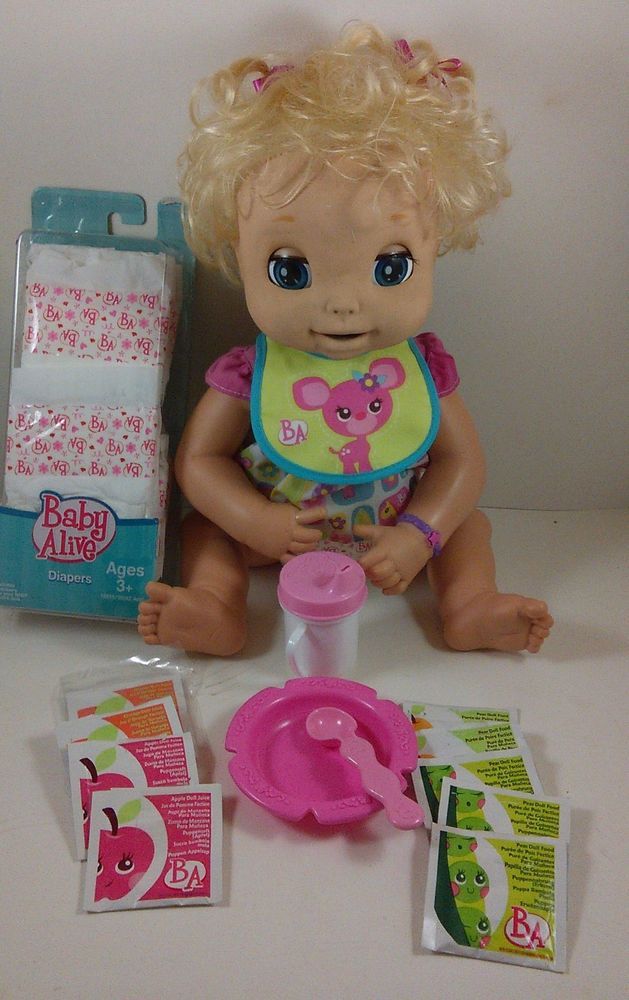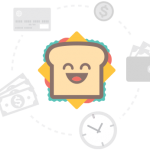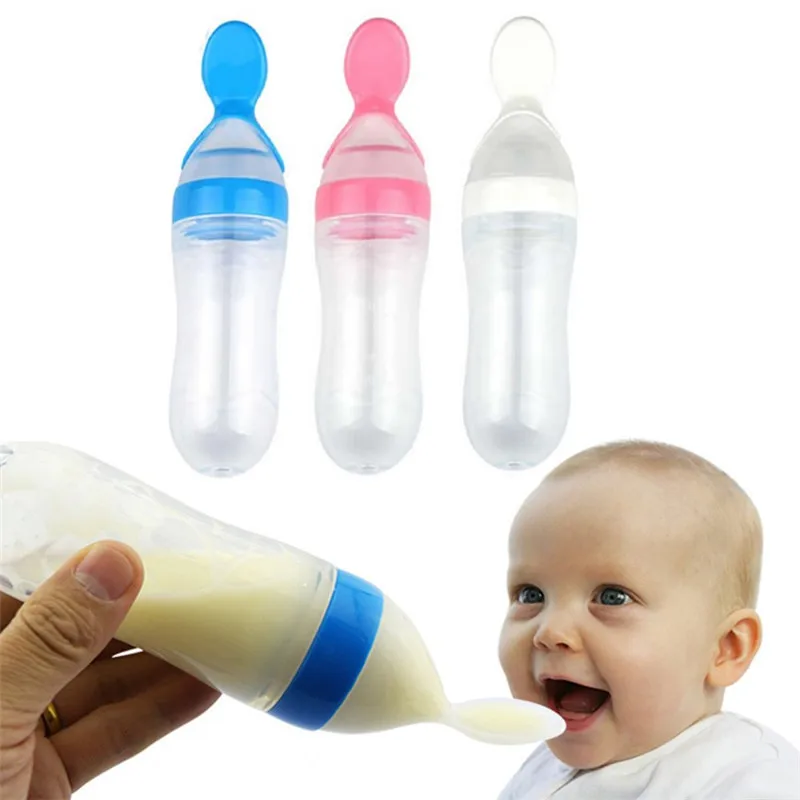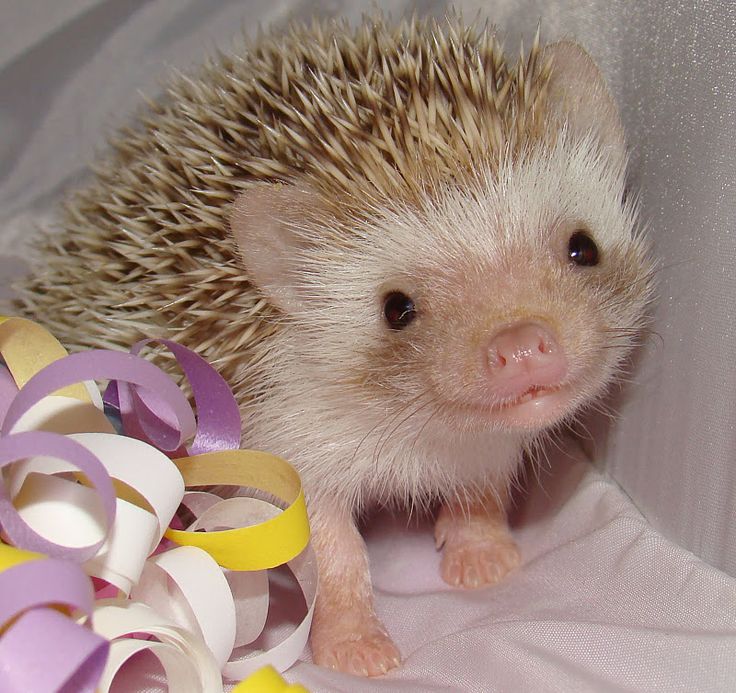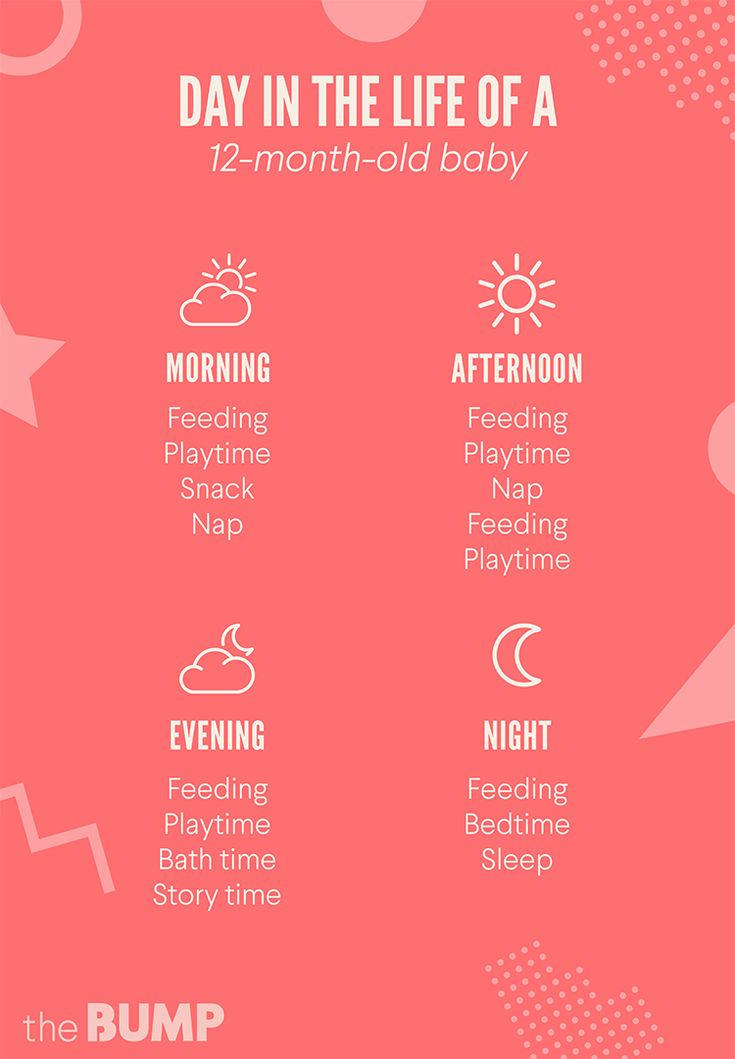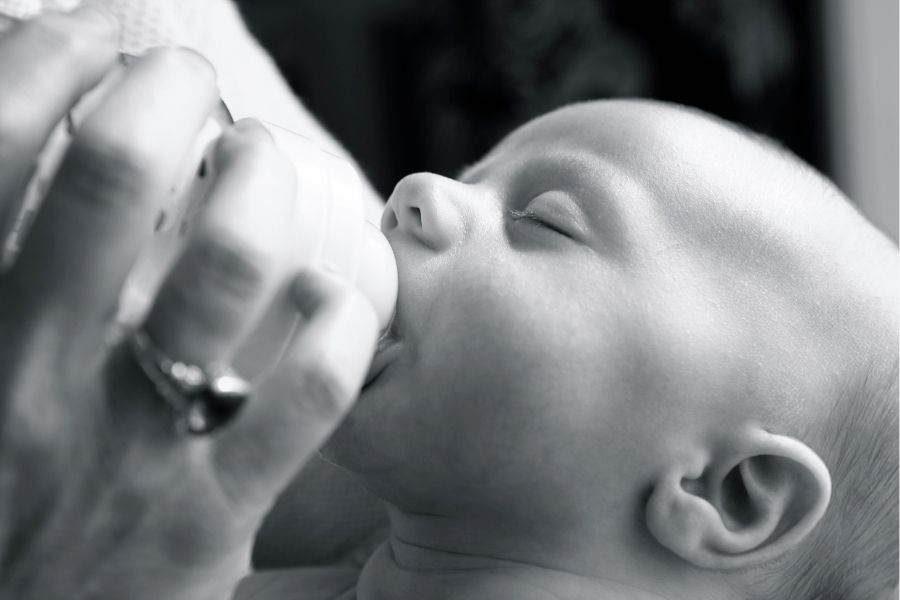How to feed a baby magpie
Magpies | Wildlife Hospital
Hatchling/nestling magpies
-
Keep a little cooler than other chicks at 29.4-32.2°C.
-
Feed every 30 minutes from 7.00am - 9.00pm.
-
House chicks in a margarine container lined with toilet or tissue paper.
-
When pin feathers appear feed chicks every 30-45 minutes from 8.00am - 8.00pm.
Pre-fledgling & fledgling magpies
-
Feed pre-fledgling magpies every 45 minutes and fledgling magpies every 2 hours.
-
House older chicks in a cardboard box with a plastic screen window. Line the box with a towel and a pillowcase over it. Use a towel rolled into a donut shape as a nest.
-
Place the box near a window, so that the chicks can see other birds.
-
Place natural perches like small branches in the box.
-
When the chicks can perch and sample food, progress to a pre-flight cage (larger parrot sized cage).
Line the cage with cardboard and/or window screen lining.
-
Chicks should be self-feeding before going to an aviary.
Young magpie diet
Ingredients
-
1 cup Hill's Science Diet Canine Growth kibble soaked in 1 cup of cold water
-
1 4oz (112g) baby banana or 4oz ripe banana
-
1 peeled hard boiled egg
-
1 teaspoon of bird vitamins
-
1 teaspoon (approximately 1,800mg) ground calcium carbonate
Preparation
Mash the kibble with a fork after the water has been absorbed. Puree the egg and the banana in a blender. Mix all the ingredients in a food processor. Freeze in small containers. Thaw enough for 1 day. Warm the mixture by placing in a warm water bath.
Adult magpie diet
Ingredients
-
4 cups of Hill's Science Diet Canine Growth kibble soaked in 2 cups of cold water
-
1 teaspoon of bird vitamins
-
½ hard boiled egg
-
⅙ cup of fruit e.
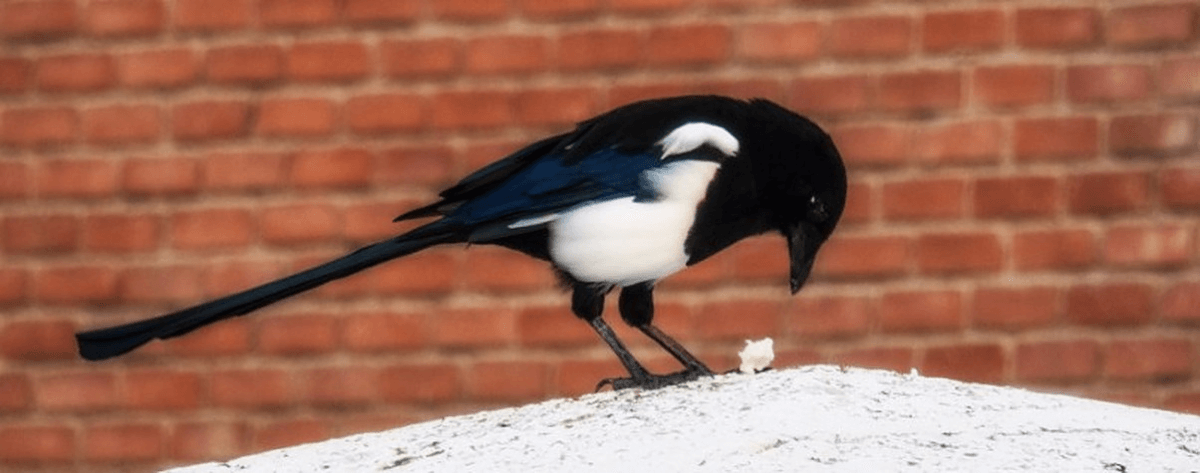 g. apple and/or pear
g. apple and/or pear -
⅙ cup of green vegetables e.g. zucchini and/or cucumber
-
⅙ cup of yellow or orange vegetables e.g. carrots and/or squash
Preparation
Mash the soaked kibble. In a food processor, pulse chop egg, fruit and vegetables until they are coarsely chopped. Mix all the ingredients together. Can be stored in a refrigerator for up to 2 days.
Magpies natural diet
Magpies mainly eat insects, worms, spiders, lizards, mice and seed. The ability to forage is important for magpies, so introduce fledglings to this by:
-
sprinkling wiggly worms on fruits, kibble and other food items
-
place bright coloured items like corn in their enclosure as this can inspire probing beaks
-
place nuts in their enclosure as they can learn to crack these open.
Found a Baby Magpie? - Here's What to Do Next...
Sharing is Caring!
- Tweet
Found a Baby Magpie? Here’s What to Do Next…
Please feel free to share, download, print out and distribute our flowchart 🙂
Australian Magpie hatchling/nestling photo used with permission from Fort Wayne Children’s Zoo.Free to download and view offline as a .PDF file and high-res .JPG file
A Baby Magpies Plea
by The Magpie Whisperer
If you see me on the ground, hold tight, my parents are likely to be somewhere ’round!
They may be out collecting my food, or chasing off predators that are likely to intrude!
Please give them time, and wait to see, they are extremely likely to return to me.
As I wobble and clumsily flutter down to the ground. I’m just learning my bearings of how to get ’round!
An exciting new world for me to see. Out of the nest and free as can be!
Although I may not yet be able to fly, please don’t worry as I’m bound to get by.
I can usually flutter and jump to higher ground. I can also communicate with my parents by emitting a sound.
If you see me in immediate danger, please help and don’t be a stranger!
If I’m injured, I need your assistance. Call your local animal rescue shelter to help secure my existence!
Please don’t be tempted to take us home, and try to raise us on your own.
We require experienced care, and a nutritious diet like our parents would prepare.
We know you mean well, and truly thank you for caring.
But when it comes to raising us, even our parents find it overbearing!
If I’m too young and unable to be returned to my nest, here’s something you can try to ensure I progress.
Constructing a makeshift nest is easy as can be.
Octopuss straps, a hanging basket, leaf litter, then securely hang it up in a tree!
Make sure to wait until my parents return.
If you observe them tending to me, then there is no reason for further concern!
If you’re ever in doubt, do not fuss.
Ring your local wildlife shelter, and they’ll be able to help us!
How to Build a Simple Makeshift Nest – Video by Wildlife Victoria
Wildlife carers and Veterinarians all over Australia receive an abundant amount of phone calls each nesting season from concerned residents who have found a baby magpie in their travels. In most cases; if the young bird’s parents are alive and healthy and of course, the baby bird is uninjured and not in intermediate danger, it is always best that these little ones stay with their parents.
They need to learn crucial survival skills to thrive in the wild, such as; foraging, flight, social skills (magpie etiquette, if you will!) and their parents also need to teach them the many different types of predators they have to be careful of.
Remember, if in doubt… please contact your state wildlife rescue organisation for advice 🙂
Sharing is Caring!
- Tweet
Similar Posts
What to feed a magpie in captivity. Animal feed, vegetables, fruits
Contents:
- 1 So, what should be in the diet of forty?
- 1.1 The diet of magpies must include insects.
- 2 At home, magpies must be constantly provided with small fodder birds.
- 3 Magpies at home should receive small rodents regularly.
- 4 All magpies should be given the maximum variety of berries available in your area.
- 5 Conclusion, the diet of forty must include:
- 5.1 Insects:
- 5.2 Animal carcasses:
- 5.3 "Fermented protein"
- 5.4 Nuts, acorns, chestnuts.
- 5.5 Berries. Fruit. Vegetables
- 5.6 Clay.
- 6 Questions - Answers about feeding forty.
Feeding magpies in captivity is based on the general principles of feeding corvids, which can be read in a separate article "Feeding corvids". Long-term observations of keeping these corvids in captivity inspired me to write a separate article on feeding magpies.
Long-term observations of keeping these corvids in captivity inspired me to write a separate article on feeding magpies.
author of the title photo of the magpie Vasily Kalinin
Few people think about how easy it is to provide a magpie with everything necessary in captivity. As a result, there is a picture of the survival of these beautiful birds in the hands of the owners, lisping sick birds.
In this article I would like to draw the attention of corvid lovers to the fact that magpie is an active predator and gatherer. It feeds on everything it can get - from berries to fairly large animals and birds, as well as carrion.
This is true both for the nominal species Common magpie ( Pica pica ) with all subspecies, and for blue magpie ( Cyanopica cyanus ) and ecotic magpies, for example 9 - caerulea ).
Feeding magpies is different from feeding adult birds, so if you picked up a magpie chick, then detailed information on how to feed the chicks is given in this article: "Feeding magpie chicks, crows, jays, jackdaws, rooks, ravens, chicks.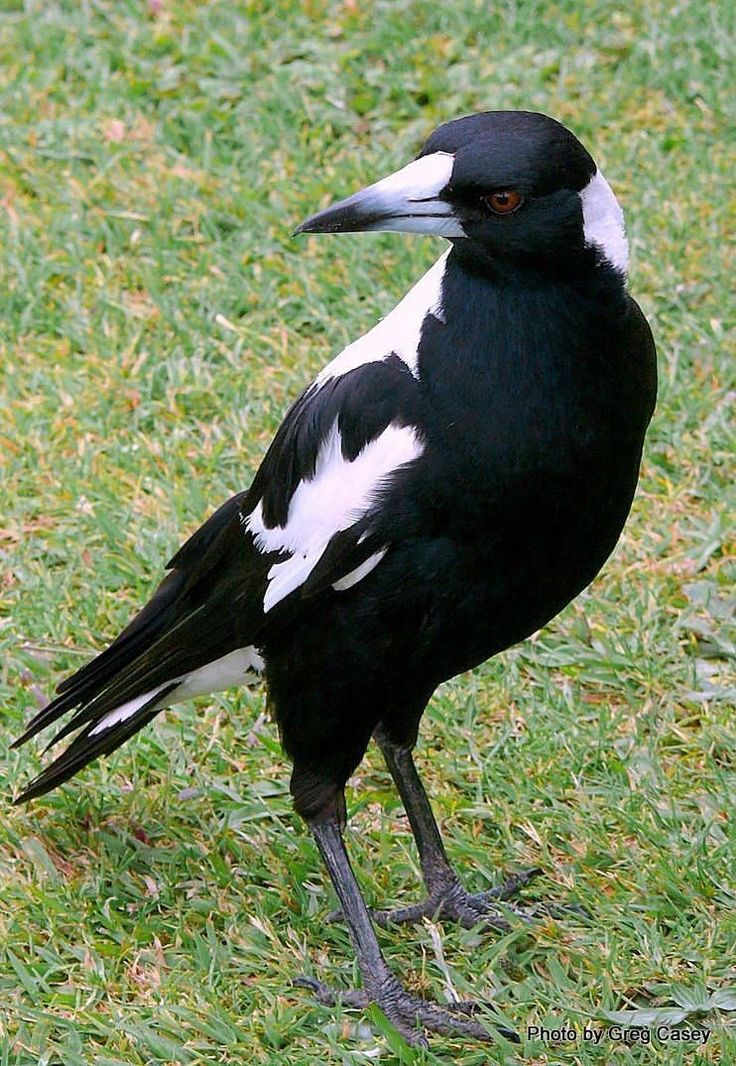 "
"
So, what should be in the diet of forty?
The diet of forty must include
insects .Mealworm, zofobas, crickets, grasshoppers, bears, etc.
Forage insects should be bred on a variety of nutrient rations, then their nutritional value will be high. Zofobas and flour worm, grown on poor diets, is rich in fats and poor in mineral composition and vitamins. Feeding forty only with such “fatty” feeds will lead to the development of pathologies of the liver and kidneys of the bird.
During the period of mass flight of the May beetle (beetle) ( Melolontha melolontha ) it should be given to magpies without restrictions. At this time, it can be stored by freezing. Although, often, the birds quickly gorge themselves on the May beetle, especially defrosted, and refuse to eat it - in this case, you need to take breaks with his dacha.
Magpie eats "ant eggs" - ant pupae. Ant egg is very rich in nutrients, but I would not recommend introducing it into the diet of magpies on an ongoing basis - since collecting an ant egg causes great harm to anthills and, accordingly, to the forest ecosystem.
In this video, a magpie is eating a thrush. Perhaps this magpie found a thrush that had already crashed, maybe she caught it herself. Magpies are able to catch both adult birds and fledglings of sparrows, tits, and pigeons.
At home, magpies must be constantly provided with small fodder birds.
The best option is quail carcasses. You can buy gutted quails in supermarkets or you can order quails at forage farms. It is preferable to feed magpies with quails rather than chickens, since it is important that magpies receive full-fledged small bird bones rich in calcium. Chickens contain a lot of phosphorus, but little calcium.
It is not recommended to feed forty meat to broiler chickens - as such chickens are raised with various biological additives that accelerate the development of muscle tissue and these compounds are stored in raw meat. Forty such additives are not at all useful.
Common magpie preys on a rabbit. Here you can see how magpies act as regulators of the number of small animals in cities.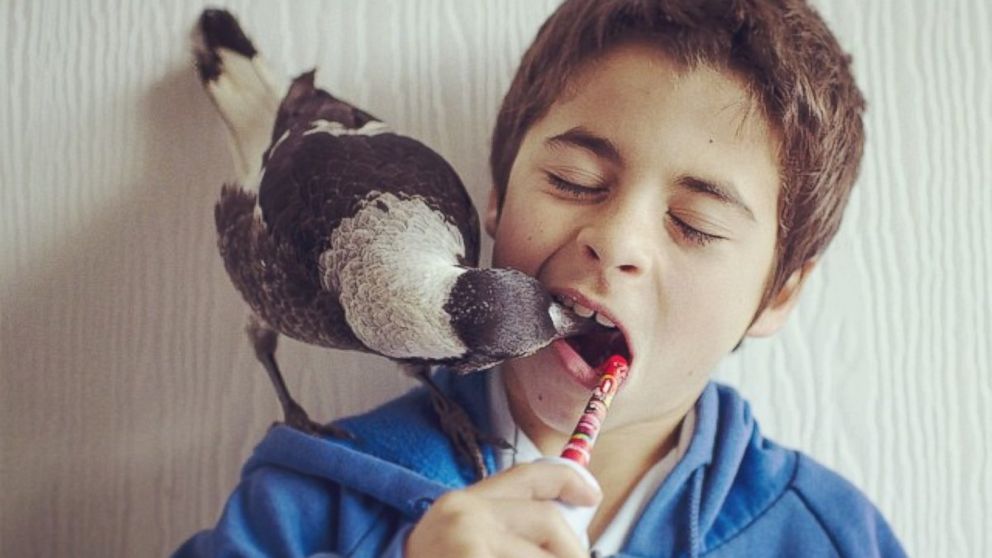 When the populations of natural predators (wolves, foxes, dogs) decrease, small animals, in particular rabbits, actively breed.
When the populations of natural predators (wolves, foxes, dogs) decrease, small animals, in particular rabbits, actively breed.
A magpie hunts a rat. This video is specially added for those who like to blame forty in various sins and destroy them. Magpies are an important regulator of the number of rodents in cities.
Magpie hunting mice. A similar video, only here the moment of the magpie hunting for mice is captured.
Magpie at home should receive small rodents regularly.
This is critical for mineral metabolism. In magpies, it is very intense and the lack of readily available calcium in the diet quickly leads to problems with the bone tissue of birds and with the work of the heart muscle. In addition, it is important not to forget that the mechanism of pellet formation for corvids is as important as for birds of prey and owls.
Nude (naked) mice are not recommended in large quantities, as they contain a large amount of phosphorus and a small amount of calcium. This will lead to calcium deficiency in the body of the bird and the development of serious problems.
This will lead to calcium deficiency in the body of the bird and the development of serious problems.
A clip about the diet of blue magpies, if you remove the sound, it shows a variety of insects eaten by magpies. You can clearly see how healthy blue magpies look and how they move.
It may seem strange from the outside, but a huge problem for corvid lovers, as well as parrot lovers, is that people do not know what healthy birds of the species that they keep at home look like. Hence a large number of chronically ill birds that have not been dealt with for years.
Magpies prey on patterned snake ( Elaphe dione ). Although most likely, this video captures the moment of guarding the nesting area of Magpies.
Common magpie caught a snake.
Thick-billed azure magpie ( Urocissa caerulea ) hunts a snake. I don't know the type of snake. I believe that in this case, the moment of protection of the nesting site of magpies was captured on video. Snakes and lizards are part of the regular diet of these corvids.
Snakes and lizards are part of the regular diet of these corvids.
Should lizards and snakes be given to magpies? Where can I get them other than to withdraw from nature? Unless you accidentally stumble upon a snake-snake or a lizard, just crushed on a country road by a car. As a treat, it is a good addition to the diet of captive magpies. Catching reptiles specifically to feed the corvid that you have removed from nature, in my opinion, is ethically wrong and biologically criminal.
Blue magpies feed on privet berries.
All magpies should be given the maximum variety of berries available in your area.
Berries should be given both fresh and dried and frozen. Fruit should also always be present in the diets of forty.
Magpies feed on a fallen hare. Rabbit carcasses can be bought in supermarkets or from farmers. It is desirable to give them not gutted. For magpies, like any other corvids, it is very important to “load” the beak correctly so that it does not outgrow.
If you are a completely “correct” naturalist, then having a magpie, most likely you will bring home downed cats, pigeons, etc. I absolutely do not recommend doing this! since rabies, different strains of influenza, tuberculosis and many other dangerous infections are not an invention of doctors and laboratories, but a real danger to your health.
A very important point, which is overlooked and not discussed with disgust by city lovers of corvids — magpies, ravens, ravens are natural orderlies of ecotopes. An important part of their diets is made up of dead animals. Moreover, it is also important that by eating carrion, magpies get a large amount of fermented adipose and muscle tissue. These compounds cannot be replaced with artificial additives in the diet of birds, but you can not throw out the uneaten remains of mice, rats, quails from the aviary or bird room - leave them for several days in a cage or in a “stash” with a magpie.
I think that all owners of corvids understand well what a "stash" is) - these are products that turn out to be hidden in the most unexpected places. It’s good when it’s a nut, an acorn or a harmless quail egg, worse when it’s a fish head or a rat carcass hidden in a jeans pocket). If the aviary is outdoors, this is not a big problem, but at home it is more difficult. The long tubular bones of animals are well suited for such “feeding” - the magpie will be long and happy to hammer the odorous bone.
It’s good when it’s a nut, an acorn or a harmless quail egg, worse when it’s a fish head or a rat carcass hidden in a jeans pocket). If the aviary is outdoors, this is not a big problem, but at home it is more difficult. The long tubular bones of animals are well suited for such “feeding” - the magpie will be long and happy to hammer the odorous bone.
During the ripening season of nuts, acorns, chestnuts - these products are actively eaten and stored by magpies. Don't forget to provide them for your birds. This is a very good natural beak grinder.
I remind you that clay is just as important for corvids as it is for all other birds. Magpies should always have access to clay, you'd be surprised how much they eat. You can read more in the article: Clay in the diets of birds.
Conclusion, the diet of forty must necessarily include:
Insects:
mealworm, zofobas, crickets, grasshoppers, beetles and other available insects.
Animal carcasses:
quails, rats, mice, rabbits.
"Fermented protein"
rotten remains of feed animals or tubular bones of cattle and small cattle.
Nuts, acorns, chestnuts.
Berries. Fruit. Vegetables
Clay.
Questions - Answers about feeding forty.
Q. — can magpies eat mushrooms? And if possible, which ones? I gave my magpie sulfur-yellow tinder fungus, white, boletus, chanterelles in small quantities, there were no problems, but suddenly.
O. - you can. Everything edible for humans is definitely possible. All the rest are questionable, not everything that is dangerous for mammals is dangerous for birds. But I myself cannot yet say which inedible mushrooms are needed and safe for birds, I have little information about this at the moment.
Blue magpies feed on ripe persimmons.
B. - I give chicken meat-liver-ventricles-hearts-heads-paws, but I buy only domestic chickens. By the way, when I give the whole fish, the brain and eyes are also eaten at once. Shrimp eat it too.
By the way, when I give the whole fish, the brain and eyes are also eaten at once. Shrimp eat it too.
The article has not yet said about cottage cheese in the diet, but, probably, this is because it is mentioned in other articles.) Well, about eggs. I give boiled chicken (together with the shell), and raw quail (also with the shell).
Is lean beef good for a magpie? I trim the fat. Another beef heart is quickly eaten.
O. - it's very good that you feed your magpie so varied. I did not focus on fish / meat / eggs in this article - since the basis of the magpie diet is common to all corvids. This is described in detail in the article - Nutrition of corvids. There is a discussion of the fat content of cottage cheese in the diets of corvids in the article: “What cottage cheese should be given to corvids, fat-free or normal?” Lean beef, suitable - better on the bones - for the bird to apply force in the process of eating. Beef heart is very useful for all corvids.
Q. - I would also add shellfish to the article, especially snails, which in nature make up a significant part of the diet of magpies. They eat large quantities of both slugs and snails along with shells. Empty shells are also willingly eaten and played with.
Another question about chicken heads: can I give or not? I give periodically - it is eaten completely, with the exception of the beak. Moreover, they usually immediately eat out the eyes, and then give the head a couple of days to lie down, only after that they eat it.
N. - shellfish and snails are a good source of protein and calcium, but for domestic corvids I would not recommend using "wild" snails. Mollusks are a natural "reservoir" and intermediate hosts of a large number of helminths and protozoan parasites of birds. Therefore, is better to use adjustable snails.
Chicken heads - the same trouble with them as with chickens in general - if these are chickens from your farm - everything is ok.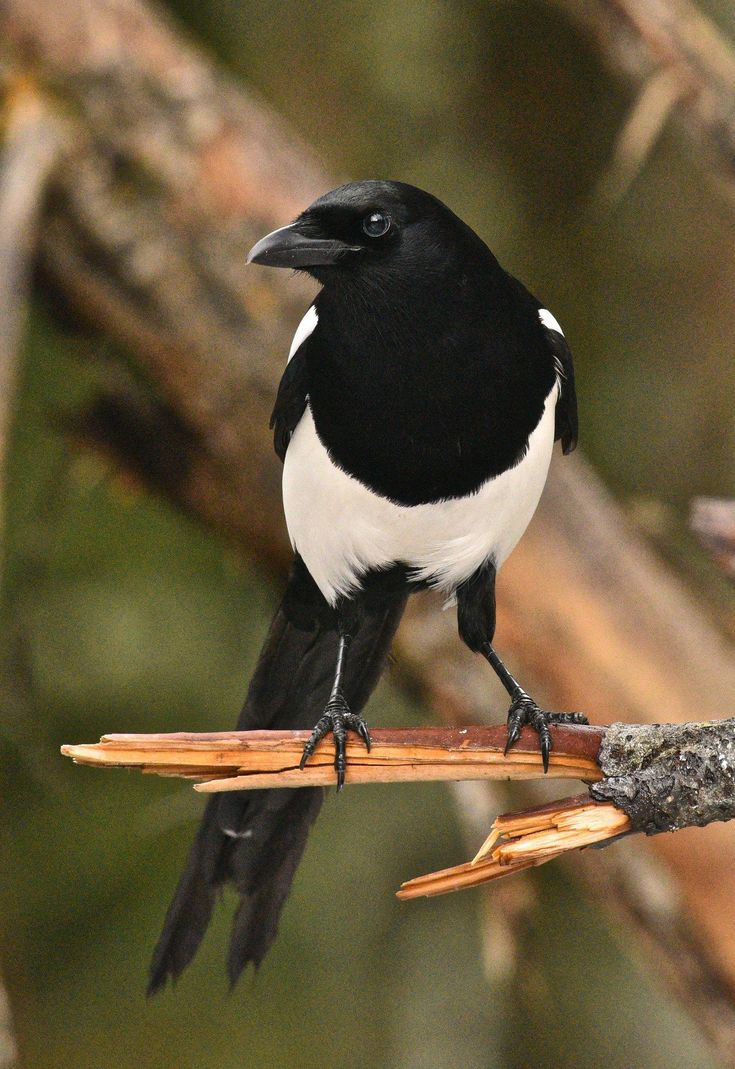 If broilers, I would not recommend using them for feeding corvids and birds of prey.
If broilers, I would not recommend using them for feeding corvids and birds of prey.
As a reminder: a course of anthelmintics is recommended for all corvids twice a year. Late autumn and early summer.
Questions were asked by: Golub Obivanov, Lida Danish , Ekaterina Shamrock ,
As usual I will be glad to any additions, comments, discussions.
specific care, nutrition and advice
Magpie chick is an interesting creature. Feeding him at home is not as difficult as birds of prey. After all, the magpie chick is omnivorous. Another question: why do you need to do this?
Pest magpie
Villagers who breed poultry have many enemies. So the magpie brings them a lot of trouble and trouble. Being an omnivorous bird, she does not disdain to feast on chickens, ducklings, turkey poults. Yes, you also need to take care of feeding the offspring in the nest.
And sometimes, grabbing a rather large chick, she raises it above the ground, but, not holding it, can drop it. As a result, the chicken falls to the ground and breaks. Or he has an injured paw, for which the magpie dragged him up.
As a result, the chicken falls to the ground and breaks. Or he has an injured paw, for which the magpie dragged him up.
It happens that a magpie drags away a small rabbit or even a kitten. And let's not even talk about pecked sunflowers, tomatoes, zucchini and berries. In short, one trouble from these impudent and gluttonous birds!
A creative way to turn a pest into a savior
As soon as the villagers try to scare away magpies from their yard. They just don't care. These beasts are cunning, fearless. And yet, one very resourceful person managed to outwit the magpie tribe. And for this he needed ... a magpie chick!
A chance helped me get such an unusual pet. Magpie chick fell out of the nest. And now, having fed the baby, the person received a devoted friend.
And since the magpie chick grew up next to chickens, ducklings and turkeys, he did not even try to attack the poultry. Moreover, the grown bird perceived the villager's yard as its own home.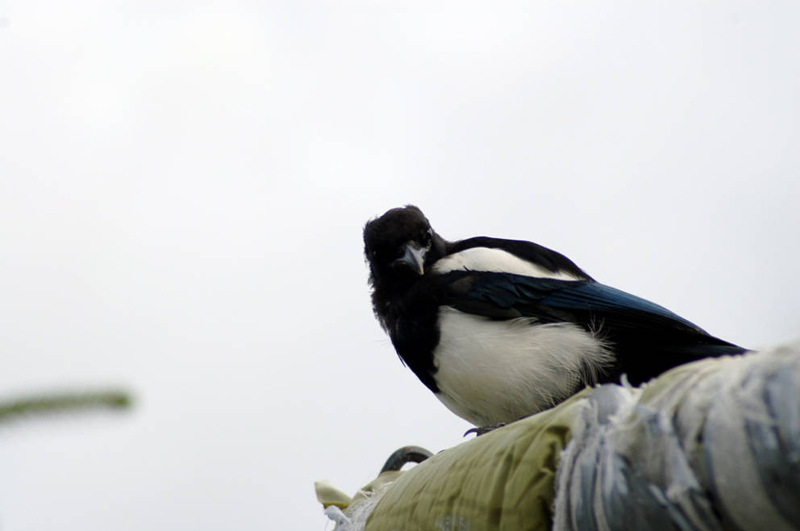 Therefore, she carefully guarded him from encroachments from the outside. Neither other people's cats, nor dogs, nor foxes could sneak in there unnoticed - the magpie instantly made such a noise that uninvited guests fled from the yard at full speed! And on occasion, the defender attacked strangers: she pecked at them, beat her wings.
Therefore, she carefully guarded him from encroachments from the outside. Neither other people's cats, nor dogs, nor foxes could sneak in there unnoticed - the magpie instantly made such a noise that uninvited guests fled from the yard at full speed! And on occasion, the defender attacked strangers: she pecked at them, beat her wings.
How to take care of a chick?
Of course, like any baby, the baby needs attention and care. Since the chick of a magpie is called a magpie, then we will call it in the future that way.
So, it is very difficult for a fledgling chick to come out, because it needs warmth - 41 degrees. If the house has an egg incubator, then you can set the sensor in it to the desired indicator. Then the temperature regime for the chick will be observed.
Some people manage to slip a shirt "for education" to cats, dogs, or even put it under chickens under chickens. But here you should be very careful and careful, you need to make sure that the foster mother does not offend the orphan.
As mentioned above, this bird is omnivorous. Therefore, there are no special problems with food for her. But it is worth remembering that ant eggs and flour worms are most loved by the magpie chick.
What to feed a feathered pet if these delicacies are not at hand? Meat pate or low-fat minced meat, low-fat cottage cheese, finely chopped liver and chicken hearts are suitable. Be sure to give the chick steamed cereal, fruit and vegetable puree. Shirts will not refuse small fish either.
How to feed a chemise if he can't eat yet?
It is good if a fledgling chick has already fallen into the hands of a person. He actively opens his mouth, noticing the approaching person. And even begins to utter cries, hungry. It is more difficult when the baby is very tiny.
Even knowing how to feed a magpie chick at home, not everyone succeeds. Helpless lump does not open his mouth! And if a person fails to make him swallow the first piece of food, he will simply die of hunger.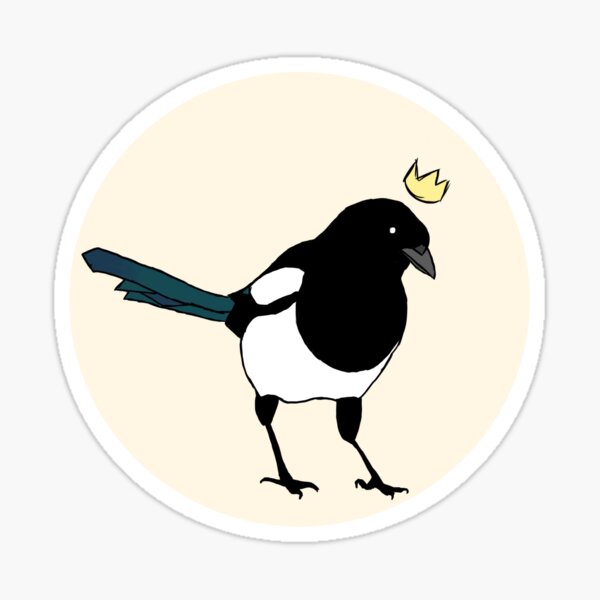
For feeding, you can use tweezers, gently opening the beak of the babies with a piece of food and putting it deeper, almost into the throat. Otherwise, the chicks do not hold food, and it falls on the floor.
Feed the little chemise every 3 hours, gradually increasing the time gaps between feedings. A fledgling chick can easily go without food for 8-10 hours.
Gradually, you need to teach the chick to take food from below. To do this, put food on a plate and put it in front of the shirt. Then you should draw his attention to the food by tapping with tweezers, the sharp end of a knife or fingers next to it. You can take some food with some tool, lift it up and drop it down. Usually the chick pays attention to a moving object that creates an imitation of a live insect or small reptile.
It is useful to give the bird boiled chopped spaghetti, the size corresponding to the length of earthworms. The shirt will quickly learn to swallow pasta. This will help him in the future to find worms in nature and eat them.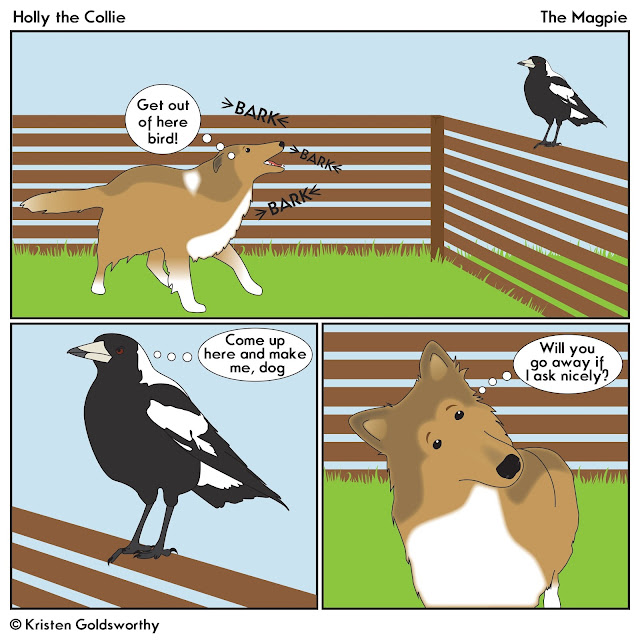
Raising a magpie chick
In addition to learning to take food on their own, the owner of the pet must teach him the first flying lessons. To do this, you need to push the shirt off low objects, for example, from a table or stool. You should not take risks and throw off the chick from the balcony of the second floor. Moreover, it will be completely superfluous to start training from the roof of the house. You should act carefully, gradually increasing the height.
At the same time, a person can teach a bird to talk. Of course, a magpie will not be able to sing modern songs and romances, like a parrot, but she can learn a few phrases.
In general, this bird is considered one of the smartest. She is the only one, for example, she recognizes herself in the mirror, while the parrot takes her reflection for another feathered one. So some people try to train the magpie, teach it some tricks.
For example, a bird can sort objects into boxes based on their colors.


